Just in time for Valentine’s day, I was amused to find a special report published in Nature, entitled: Scientists in love: When two worlds collide. Inspite of the work I have to do, I found myself dropping everything else, and read this article twice. The reason? Because this article resonates with my own experience – or rather, our experience as a couple working in the scientific field. Like the scientist couples featured in that article, we too had to contend with certain problems at the start of our marriage, the two-body problem being at the forefront of it all. In physics, the two-body problem pertains to the calculation of paths of two objects in orbit with each other. For couples whose careers are in science, this refers to the problem of finding work not just for yourself but also for your spouse. This is a problem for most women scientists because a higher percentage of them are married to scientists like themselves.
When Baggy and I embarked on our studies here in Japan (courtesy of Monbusho), we got separated (again courtesy of Monbusho). He went to Osaka while I was flung to Sendai, then afterwards to a sleepy place called Yamagata (yeah, I know, where the heck is Yamagata?). If you don’t have an idea of how far Osaka is from Yamagata, think Manila-Davao. It’s that far. But we were not yet married then, and we had our studies and research to keep us preoccupied. We emailed each other every day. And we called each other every day – a luxury which inadvertenly amounted to huge telephone bills, and ate up a significant part of our stipend. But being apart has its perks, too. For one, it brought out the romantics in us. Consider this poem from Baggy, which he wrote for me when I was in Sendai:
I am in Osaka and you are in Sendai,
But my love for you will never die!
This, folks, is my Baggy, the physicist who NEVER writes poems. You can’t blame him for trying!:P
After graduation, we finally got married. Oh, what joy! By then I had already relocated to Tsukuba for work while Baggy remained in Osaka for his postdoc. Tsukuba is now closer to Osaka than Yamagata, but it is still a good one hour away by local train, aside from the three hours of travel time by shinkansen (bullet train) from Tokyo to Osaka. But we thought, if we had endured the Osaka-Yamagata affair, Osaka-Tsukuba would be a cinch.
It was clear to us from the moment we said our vows that there was no easy solution to the long-distance affair. We decided to let things be, and embarked on our own commuter marriage. We dubbed it our “shinkansen love affair,” because Baggy had to take the shinkansen every other weekend just to be with me. Needless to say, it was an expensive love affair (roundtrip costs about 25,000 yen, or 250 dollars). We called each other everyday, aside from the usual morning emails and instant messaging. The important thing was to keep the communication alive – the virtual connection over the internet was instrumental in keeping us together.
Things got more complicated when I got pregnant. I cried rivers of tears when I found out that I was pregnant. Why? Because we still hadn’t solved the two-body problem yet, and here we were faced with a “three-body” problem! Well, now that’s just the perfect solution, isn’t it? Add another body to the equation! All throughout my pregnancy, except for the last month, I was on my own, alone, save for the precious weekends that Baggy was able to join me.
We had a brief respite, though. By the time Aya was about to be born, Baggy was able to get a temporary position in Tsukuba, albeit for only two short months. After that short appointment he went back to Osaka again for work. I wasn’t alone anymore, sure, because I had my baby with me. But to care for a baby on my own, on top of my work? It’s simply impossible. I don’t work on a 9-5 shift. Everyone knows that those who do bench work face long hours of experimenting and writing papers – and that’s the very reason why we operate on a “flex” schedule. So for those crucial months I relied on the help of my parents, sisters, and relatives. I couldn’t have possibly survived without their help!
I continued my work in Tsukuba, while Baggy finished up his postdoc in Osaka. Through a referral from his professor, he was able to get another postdoc work at the same institute I was employed in, although he was employed in the Osaka branch of our institute. Fortunately, thanks to referrals and connections, the opportunity to work in Tsukuba soon presented itself, and now he works in Tsukuba with me. Aya was already 2 1/2 years old by the time he joined us here in Tsukuba. This is nirvana! It took years, yes, but somehow we were able to achieve it. It was simply…sweet.
It’s not permanent, though. We are now at the threshold of yet another perturbation. The system isn’t stable, no matter how much we would want it to be. And I believe that this would only be one of the many. We are only a three-body affair now, but we are leaving room for “many bodies” in the future (*wink*). But know what? We’ve done it before, and I am certain that we can do it again. I’m content that we can have the best of both worlds – family and career – even if we have to make compromises along the way. It’s our life, after all, and damn if we wouldn’t try our darnedest to make it work.
For our sake and Aya’s sake, we will make it work.
Before I end, here are the tips I lifted from the Nature article, for newlyweds out there who are about to embark on the greatest adventure of their lives. Keep the faith, guys! 🙂
Tips for newlyweds
If you’re looking for a dual appointment
- Be willing to make some compromises. Make sure you agree on what’s acceptable and what’s not in your careers and your family life.
- Publish. Then publish again. The more brilliant the candidates, the easier it is to place them.
- Be active in professional societies to gain recognition in the wider research community.
If you’re going to have a ‘commuter marriage’
- Communicate. It’s important to talk every day, no matter what.
- Both partners should feel at home in both cities, with belongings in both locations.
- Make your time together count by clearing your respective schedules.
If you want to start a family
- Alternate your work or teaching schedules so that one partner is always available to stay home with a sick child. This saves on childcare costs.
- Set aside ‘family time’ so the children build healthy relationships with both parents.
- Look for a department with ‘family friendly’ policies and a supportive infrastructure.
If you’re putting it back together after years of commuting
- Make sure each of you has a private space in the home where you can retreat if necessary.
- Expect some friction at first, as you adjust to the compromises of communal living.
- Consider buying a new house, or embarking on a joint project in which you are building your future together.



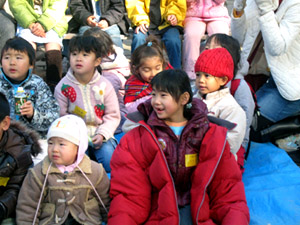
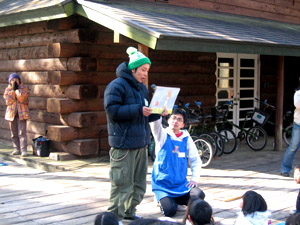
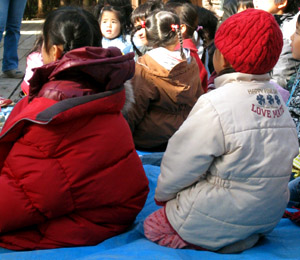
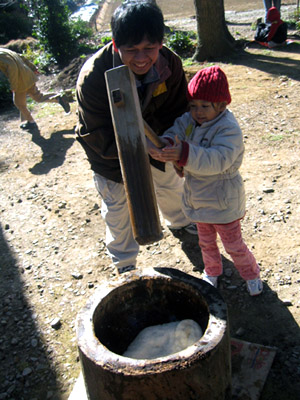

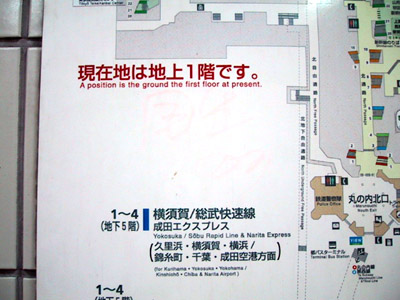

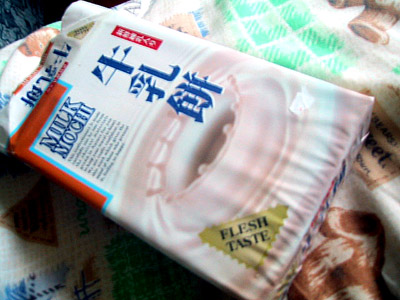
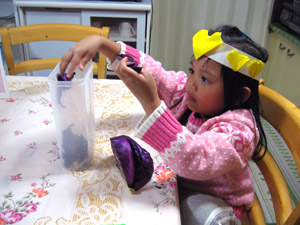
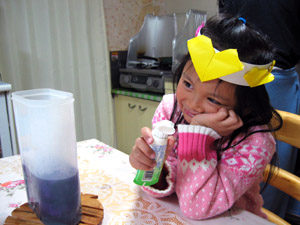




 We even taught her to sing “Bayan Ko” (My Country) – just the chorus, though, the one that begins with “Ibong mang may layang lumipad…” Yes, really, seriously! Quite surprisingly, she learned to sing that song when she was only about 2 years old! Unfortunately, now she has difficulty recalling some of the words in that song, probably because she has learned many other songs, most of them from the daycare where she attends. I guess we should sing that song more often so she would never forget it.
We even taught her to sing “Bayan Ko” (My Country) – just the chorus, though, the one that begins with “Ibong mang may layang lumipad…” Yes, really, seriously! Quite surprisingly, she learned to sing that song when she was only about 2 years old! Unfortunately, now she has difficulty recalling some of the words in that song, probably because she has learned many other songs, most of them from the daycare where she attends. I guess we should sing that song more often so she would never forget it.